The 3 Most Common Financial Strategies Creative Businesses Use to Achieve Greater Profitability
Creative businesses face unique challenges when it comes to managing their finances. However, by deploying the right financial strategies, creative businesses can achieve greater profitability and long-term success. In this article, we discuss the three financial strategies that creative businesses use to achieve greater profitability.
- Monitor Your Cash Flow
Cash flow is the lifeblood of any business, and creative businesses are no exception. Managing cash flow is essential to ensuring that your business has enough cash to pay your bills and invest in growth opportunities. Cash flow management also helps you identify potential cash shortages before they become a problem.
To monitor your cash flow effectively, you should regularly review your cash flow statement, which shows the flow of cash in and out of your business. You can use this information to identify trends and make informed decisions about managing your cash.
- Set Profit Targets
Profit targets are specific goals that you set for your business to achieve. By setting profit targets, you can focus on achieving specific financial outcomes, such as increasing revenue or reducing expenses. Profit targets can also help you measure your progress and identify areas for improvement.
To set profit targets, you should start by reviewing your financial statements and identifying areas where you can improve profitability. You can then set specific, measurable goals and develop a plan to achieve them.
- Manage Your Expenses
Managing expenses is crucial for creative businesses who want to achieve greater profitability. By keeping your expenses under control, you can improve your profit margins and invest in growth opportunities.
To manage your expenses effectively, you should review your expenses regularly and identify areas where you can reduce costs. For example, you may be able to negotiate better rates with suppliers or reduce your overhead costs by working remotely.
You can also consider implementing cost-saving measures, such as implementing energy-efficient practices, reducing travel expenses, or outsourcing non-core activities.
In summary, creative businesses can achieve greater profitability by deploying financial strategies that focus on managing cash flow, setting profit targets, and managing expenses. By following these strategies, you can improve your financial performance and achieve long-term success.



